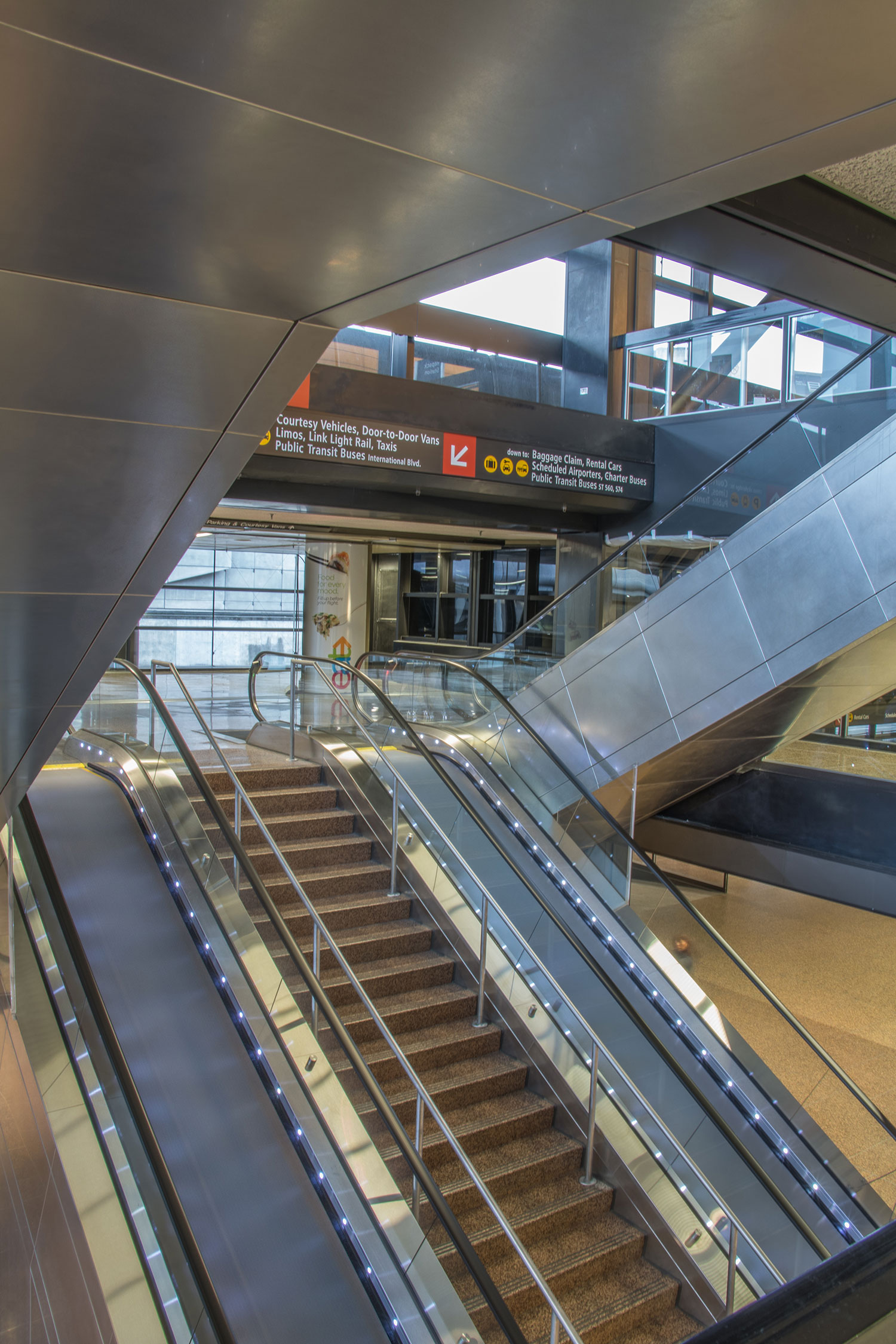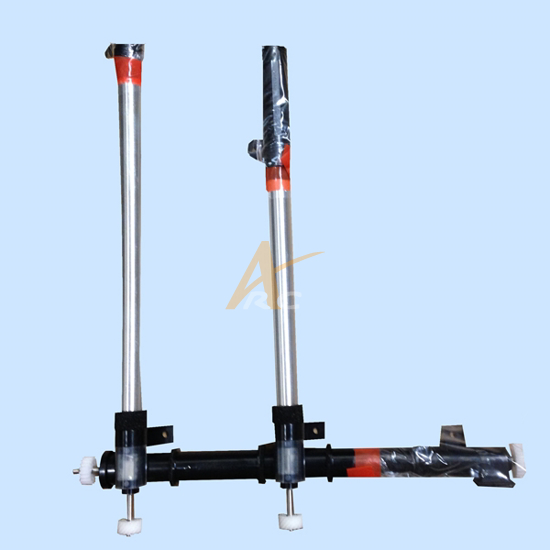Have you ever wondered how tall buildings are able to efficiently move people and goods from one floor to another? The answer lies in the technology of vertical conveyance. From elevators to bucket elevators, vertical conveyance has revolutionized the way we move up and down modern structures.
Pain Points
Without vertical conveyance, people and products would have to be manually moved from one floor to another, which would be time-consuming and exhausting. In addition, natural disasters such as earthquakes and hurricanes could pose severe risks to the people and goods being moved. Vertical conveyance mitigates these risks, but it wasn't always a flawless solution.
Target of Vertical Conveyance
Vertical conveyance is the process of moving people and goods vertically between floors in a building. The primary target of vertical conveyance is to provide a safe, efficient, and comfortable mode of transportation for people and products within a building.
Summary of Main Points
Vertical conveyance has revolutionized the way we move within modern structures. It provides a safe, efficient, and comfortable mode of transportation for people and products, mitigating the risks of natural disasters and saving time and energy. From elevators to bucket elevators, there are various types of vertical conveyance technologies that have been developed to serve different purposes.
Vertical Conveyance Technologies and Applications
Bucket elevators are a type of vertical conveyor that uses buckets to transport materials between floors. They are often used in industries such as agriculture, mining, and manufacturing to move large quantities of materials quickly and efficiently. One example of their usage is in a grain silo where buckets move grains and seeds from one floor to another.
Elevators are another type of vertical conveyance technology that we are all familiar with. They are commonly used in tall buildings to move people and goods between floors. Their design has become more sophisticated over time, with features such as destination dispatch systems and smart elevators, which use artificial intelligence to optimize their performance.
The Importance of Maintenance and Safety
Vertical conveyance technologies require regular maintenance to ensure their proper functioning and safety. Safety features such as emergency brakes, over-speed governors, and door interlocks must be checked regularly as they are crucial to prevent accidents. Additionally, regular maintenance can prolong the lifespan of the equipment and reduce the likelihood of breakdowns and malfunctions, which can cause delays and inconveniences for building occupants.
Environmental Impact of Vertical Conveyance
Vertical conveyance technologies consume a significant amount of energy, contributing to the buildup of greenhouse gases. However, innovations in energy-efficient elevators and the use of regenerative drives have helped to reduce their environmental impact. Moreover, implementing smart buildings' design can help regulate the use of vertical conveyance efficiently.
Question and Answer
Q: What is the oldest form of vertical conveyance?
A: The oldest form of vertical conveyance is the dumbwaiter, which dates back to the 18th century. It was used to transport food and other small items between floors in buildings.
Q: What are some factors that can affect the speed of elevators?
A: Several factors affect the speed of elevators, including the height of the building, the weight of the load, the number of floors, and the power of the motor.
Q: Can bucket elevators transport liquids?
A: Yes, bucket elevators can transport liquids as well as solid materials if the proper buckets and belts are used.
Q: Are elevators safe during natural disasters?
A: Generally, elevators are designed to shut down during natural disasters and are programmed to stop at the nearest floor and open their doors when power is lost. However, it is still safer to avoid using elevators during a disaster whenever possible.
Conclusion of Vertical Conveyance
Vertical conveyance technologies have transformed the way we move people and goods up and down modern structures, making it safe, efficient, and comfortable. From elevators to bucket elevators, various vertical conveyance technologies have been developed to serve different purposes. Proper maintenance and safety checks are crucial to ensure the equipment's proper functioning and reduce the likelihood of accidents. While vertical conveyance technologies contribute to greenhouse gas emissions, implementing energy-efficient measures can reduce their environmental impact.
Gallery
Conitech's Underground Vertical Conveyance Underground Mining

Photo Credit by: bing.com / underground conveyance vertical larger
SeaTac Main Terminal Elevators/Escalators, SSAF Vertical Conveyance

Photo Credit by: bing.com / seatac terminal main upgrade escalators elevators ssaf conveyance vertical system
Bucket Elevators | Vertical Conveyance Of Materials

Photo Credit by: bing.com / elevators maintenance
Vertical Conveyance /1 Assembly A0G6R7J200 Bizhub PRO 1200 1051

Photo Credit by: bing.com / bizhub conveyance 1051 assembly
WHSYSTEMS.COM
Photo Credit by: bing.com / vertical conveyors conveyor lift warehouse